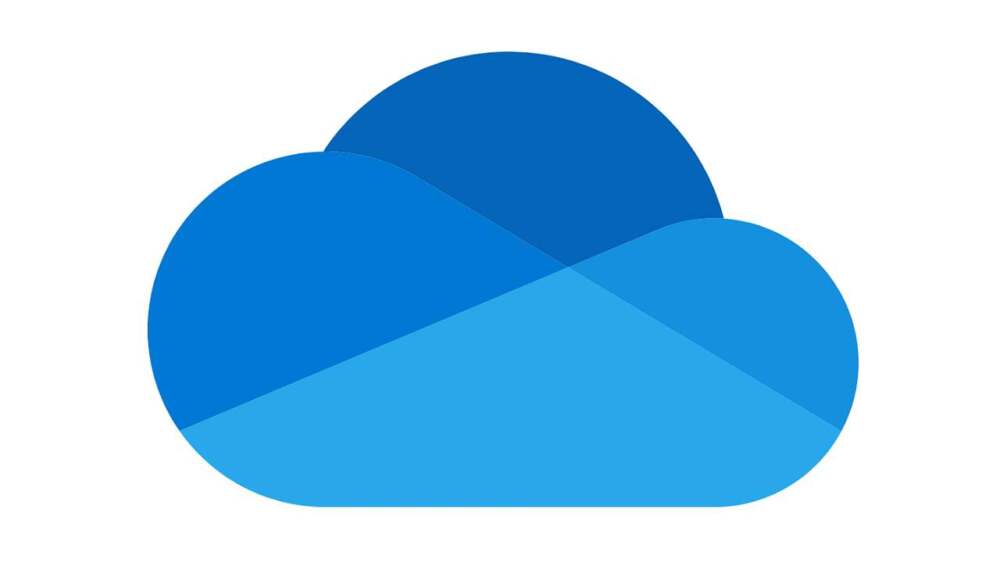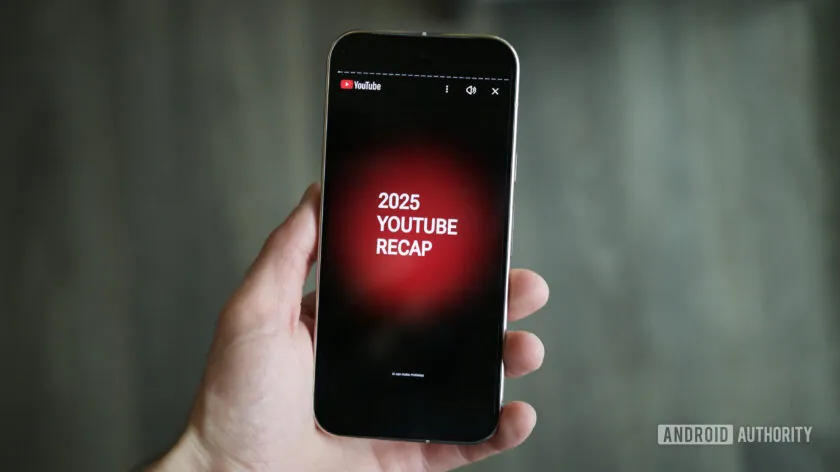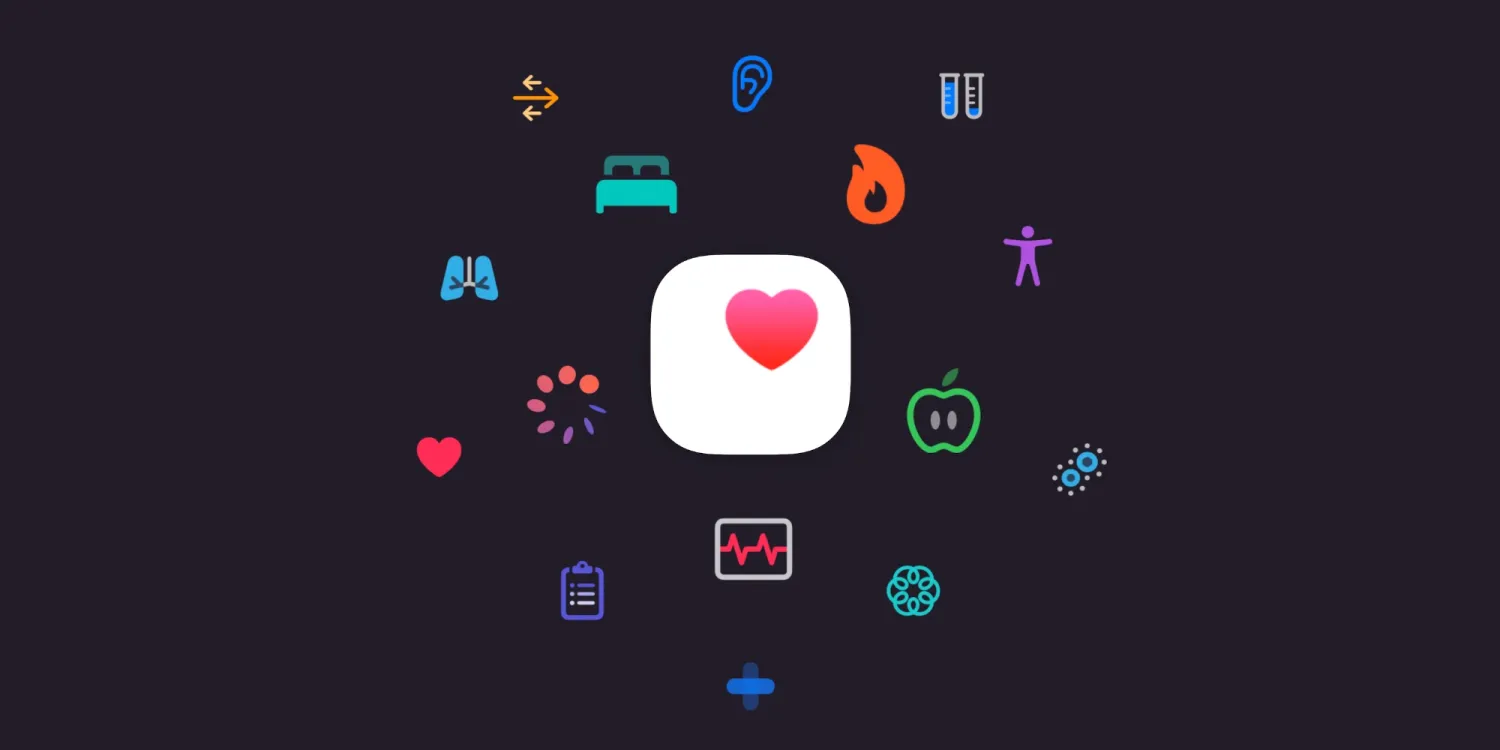Microsoft is preparing a major shift in how users experience its popular cloud service, OneDrive, on Windows 11. Leaks suggest that the company is developing a standalone OneDrive app that will deliver a more intuitive, media-focused interface, bringing with it a wave of AI-powered features and design changes tailored to today’s cloud-heavy workflows.
While OneDrive has always been deeply integrated into Windows, its presence has largely been behind the scenes — functioning as part of File Explorer and syncing tools. Now, Microsoft seems ready to bring the service forward as a centralized hub, offering both productivity and lifestyle tools under one modern interface.
A New Focus: From Storage to Experience
At the heart of this leaked app is a Gallery-first design. Instead of opening into a file directory, the new OneDrive app places photos and videos front and center. Users will be greeted with organized views of their media collections, categorized into sections like Moments, Albums, Favorites, and People.
This pivot reflects how people increasingly use cloud storage — not only to back up documents but also to manage growing libraries of photos and videos. By turning OneDrive into a visually rich gallery, Microsoft is clearly aiming to compete more directly with services like Google Photos and Apple iCloud.
However, for those who rely on OneDrive for traditional file management, the app still includes a File mode, which mirrors the familiar list-based layout. In this mode, users can browse documents, spreadsheets, presentations, and other data with the same ease they’ve come to expect.
AI at the Core: Copilot Joins OneDrive
The new app represents another key step in Microsoft’s ongoing effort to integrate Copilot AI across its ecosystem. Early builds show that when hovering over a document in File mode, a Copilot button appears, giving users quick access to intelligent actions.
This could include:
- Generating summaries of Word documents without opening them.
- Analyzing Excel spreadsheets to highlight trends.
- Suggesting edits or creating outlines from PowerPoint files.
In the media-focused Gallery, AI tools appear to offer automatic grouping of photos based on people, locations, and themes. This type of smart sorting could save users countless hours of manual organization. The system might even allow conversational search — asking Copilot to “find my trip to Italy” or “show all family photos from last summer.”
By embedding AI so deeply, Microsoft positions OneDrive as not just a passive storage tool but an active assistant for digital organization.
Built-In Editing for Everyday Tasks
Another highlight of the leaked app is its inclusion of basic editing tools. Users will be able to crop, rotate, and adjust images directly within the app, eliminating the need to launch separate programs for quick fixes.
For videos, trimming and lightweight adjustments are expected, turning OneDrive into a convenient editing platform for casual use. This makes sense in an era where social media sharing and mobile-first content creation dominate — users want fast, simple options, not complex software.
Why Now? Microsoft’s Strategy Explained
Several factors likely explain why Microsoft is introducing a dedicated OneDrive app at this stage:
- The Rise of Media Libraries – With smartphone cameras producing vast amounts of content, cloud services are increasingly measured by their ability to handle media intuitively.
- AI Integration Goals – Microsoft is on a mission to weave Copilot into every corner of its software ecosystem. OneDrive, used daily by millions, is a natural platform to highlight AI’s potential.
- Competition – Rivals like Google Photos and iCloud offer polished media experiences. Microsoft has an opportunity to differentiate OneDrive by blending productivity with lifestyle features.
- Independent Updates – A standalone app allows Microsoft to roll out frequent enhancements without tying them to large Windows updates. This ensures faster adoption of new features.
Challenges Ahead
Despite its promise, the new app could face hurdles:
- Feature Overlap – With File Explorer and the Windows Photos app still in play, some may see this as redundant rather than revolutionary.
- Performance Concerns – Heavy reliance on the cloud could limit offline capabilities, frustrating users who need access without internet connectivity.
- Subscription Gating – Advanced AI features may require a Microsoft 365 subscription, raising accessibility concerns.
- Privacy Issues – Intelligent grouping of photos, especially using facial recognition, may trigger debate about data security and personal privacy.
Looking to the Future
If successful, the new OneDrive app could reshape Microsoft’s identity in consumer cloud services. Instead of being seen primarily as a business tool for syncing work files, OneDrive could evolve into a hybrid platform that balances personal lifestyle needs with professional productivity.
For Windows 11 users, this may also signal a broader trend: Microsoft increasingly wants apps to stand on their own rather than exist only as hidden features within the operating system. Just as Outlook, Teams, and Microsoft Store now function as full-fledged apps, OneDrive appears set to join this lineup with a stronger, clearer identity.
Conclusion
The upcoming OneDrive app for Windows 11 isn’t just about storage — it’s about transforming cloud services into experiences powered by AI, design, and everyday usability. While challenges remain, particularly around redundancy and privacy, the move shows Microsoft’s determination to keep OneDrive relevant in a fast-changing digital landscape.
For millions of users, this could mean a simpler, smarter, and more engaging way to interact with their files and memories, all within the Windows 11 ecosystem.














Leave a Reply